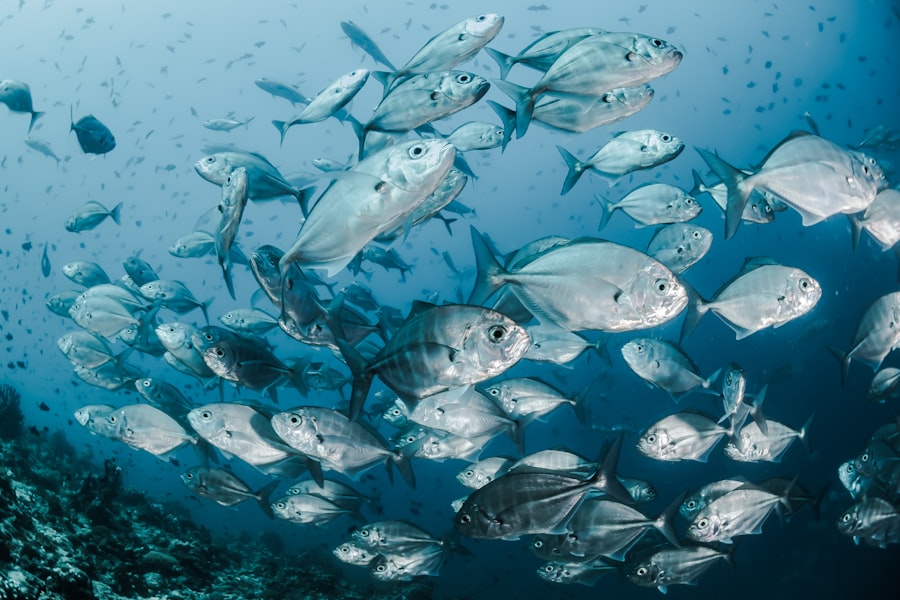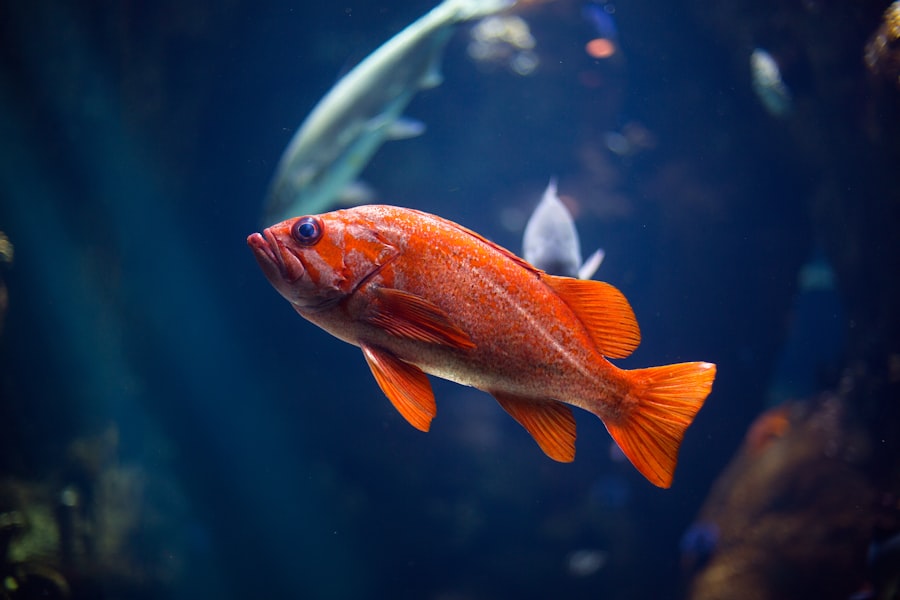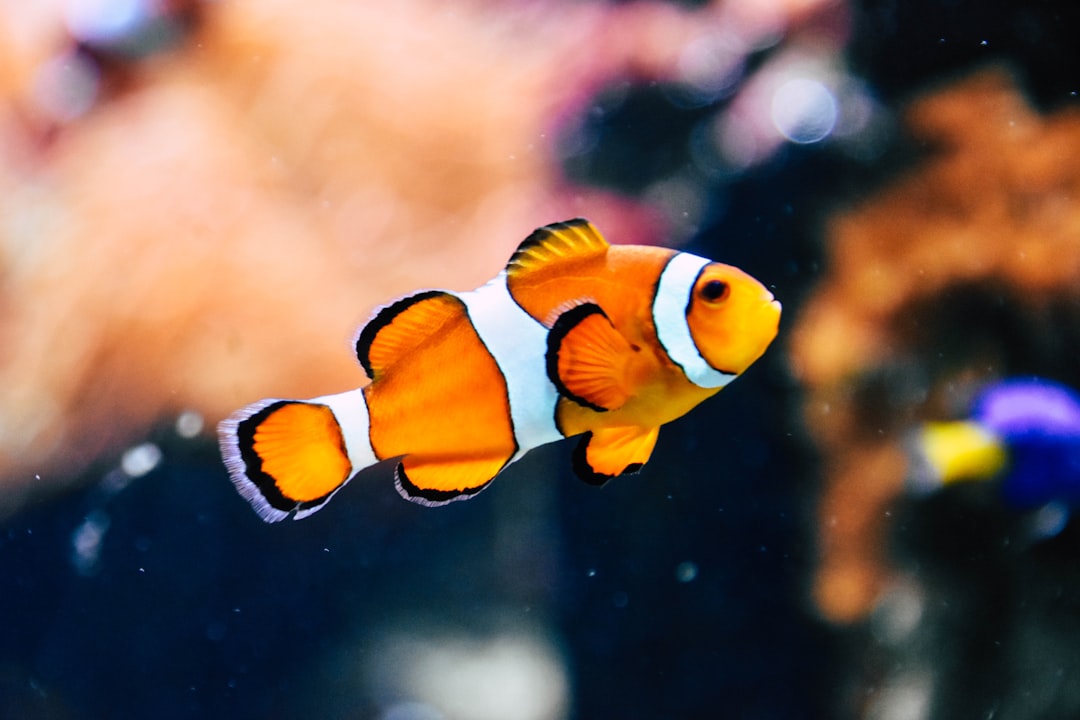The Drake Passage, a body of water situated between the southern tip of South America and Antarctica, is renowned for its tumultuous seas and rich biodiversity. Named after the English explorer Sir Francis Drake, who navigated these waters in the late 16th century, the passage serves as a critical junction for ocean currents and marine life. Stretching approximately 800 kilometers (500 miles) wide, it is often regarded as one of the most challenging maritime routes due to its unpredictable weather patterns and strong currents.
The passage not only connects the Atlantic and Pacific Oceans but also plays a pivotal role in the ecological dynamics of the Southern Ocean. Navigating the Drake Passage is no small feat; it has earned a reputation for its rough seas, which can be attributed to the confluence of various oceanic currents and winds. Sailors and researchers alike have long been captivated by its beauty and ferocity.
The passage is not merely a geographical feature; it is a vital corridor for marine species and a key player in global climate systems. As such, understanding the intricacies of the Drake Passage is essential for appreciating its ecological significance and the myriad of life forms that thrive within its depths.
Key Takeaways
- The Drake Passage is a narrow body of water between South America’s Cape Horn and the South Shetland Islands of Antarctica, known for its turbulent seas and unique ecosystem.
- The passage is home to a diverse and abundant marine life, including a variety of marine species such as penguins, seals, and whales.
- The area plays a crucial role in global oceanic circulation, serving as a key link between the Pacific, Atlantic, and Indian Oceans.
- Threats to marine life in the Drake Passage include climate change, overfishing, and pollution, which can have detrimental effects on the delicate ecosystem.
- Research and conservation efforts in the area are essential for understanding and protecting the rich marine life of the Drake Passage.
The Unique Ecosystem of the Drake Passage
The ecosystem of the Drake Passage is characterized by its remarkable diversity and complexity. This unique marine environment is influenced by a variety of factors, including ocean currents, temperature gradients, and nutrient availability. The convergence of the Antarctic Circumpolar Current with warmer waters from the north creates a dynamic habitat that supports a wide range of species.
The mixing of these waters leads to high nutrient levels, fostering an environment where phytoplankton can flourish, serving as the foundation for the entire food web. In addition to its nutrient-rich waters, the Drake Passage is home to various habitats, including deep-sea trenches, continental shelves, and open ocean areas. These diverse habitats provide refuge for numerous marine organisms, from microscopic plankton to large whales.
The interplay between these habitats contributes to the overall health of the ecosystem, making it a vital area for scientific research and conservation efforts. The unique conditions found in the Drake Passage not only support a rich tapestry of life but also serve as an indicator of broader environmental changes occurring in our oceans.
The Abundance of Marine Species

The Drake Passage is teeming with marine life, boasting an impressive array of species that thrive in its cold, nutrient-rich waters. Among the most notable inhabitants are various species of seals, penguins, and seabirds that rely on the passage for feeding and breeding. The presence of krill, a small crustacean that serves as a primary food source for many larger animals, underscores the importance of this region in supporting diverse marine populations.
The abundance of krill attracts predators such as whales and seals, creating a vibrant ecosystem where each species plays a crucial role. In addition to these charismatic megafauna, the passage is home to countless smaller organisms that contribute to its ecological richness. From colorful fish species to intricate coral formations, the underwater landscape is a bustling hub of activity.
Researchers have documented over 200 species of fish in these waters, many of which are endemic to the region. This remarkable biodiversity highlights the significance of the Drake Passage as a critical habitat for marine life and emphasizes the need for ongoing research and conservation efforts to protect these vulnerable ecosystems.
The Role of the Drake Passage in Global Oceanic Circulation
| Metrics | Data |
|---|---|
| Width of Drake Passage | 800 kilometers |
| Depth of Drake Passage | 4,000 meters |
| Volume of Antarctic Circumpolar Current | 130 million cubic meters per second |
| Effect on global oceanic circulation | Facilitates the flow of cold water from the Antarctic to the rest of the world’s oceans |
The Drake Passage plays a fundamental role in global oceanic circulation, acting as a conduit for water movement between the Atlantic and Pacific Oceans. The Antarctic Circumpolar Current (ACC), which flows through this passage, is one of the most powerful ocean currents on Earth. It encircles Antarctica and helps regulate global climate by distributing heat and nutrients across vast distances.
This current influences weather patterns not only in the Southern Hemisphere but also has far-reaching effects on climate systems worldwide. The interaction between the ACC and other ocean currents creates a complex network that drives thermohaline circulation, often referred to as the “global conveyor belt.” This circulation is essential for maintaining the balance of ocean temperatures and salinity levels, which in turn affects marine ecosystems. By facilitating nutrient transport and oxygen distribution, the Drake Passage contributes significantly to the health of oceanic environments far beyond its immediate vicinity.
Understanding this intricate relationship is crucial for predicting how changes in ocean circulation may impact global climate patterns in the future.
Threats to the Marine Life in the Drake Passage
Despite its ecological significance, the marine life in the Drake Passage faces numerous threats that jeopardize its delicate balance. Climate change is perhaps the most pressing concern, as rising sea temperatures and changing ice patterns disrupt traditional habitats and food sources. Species that rely on stable conditions are particularly vulnerable; for instance, krill populations may decline due to shifts in sea ice extent, which could have cascading effects on predators like seals and whales.
In addition to climate change, human activities pose significant risks to the marine ecosystems within the Drake Passage. Overfishing has led to declines in certain fish populations, while pollution from shipping traffic introduces harmful substances into these pristine waters. Furthermore, increased tourism in the region raises concerns about habitat disturbance and potential interactions between humans and wildlife.
Addressing these threats requires concerted efforts from governments, researchers, and conservation organizations to implement sustainable practices that protect this vital marine environment.
Research and Conservation Efforts in the Area

Recognizing the importance of preserving the unique ecosystems within the Drake Passage, various research initiatives and conservation efforts have been established to monitor and protect marine life in this region. Scientists from around the world conduct studies aimed at understanding species distributions, population dynamics, and ecological interactions. These research endeavors provide valuable insights into how climate change and human activities impact marine ecosystems, informing conservation strategies that aim to mitigate these effects.
In addition to scientific research, several organizations are dedicated to promoting conservation efforts in the Drake Passage. Initiatives such as marine protected areas (MPAs) have been proposed to safeguard critical habitats from overfishing and other harmful activities. Collaborative efforts among countries bordering the Southern Ocean are essential for establishing effective management practices that ensure sustainable use of marine resources while protecting biodiversity.
By fostering international cooperation and raising awareness about the importance of this unique ecosystem, stakeholders hope to secure a healthier future for marine life in the Drake Passage.
The Fascinating Behavior of Marine Mammals in the Passage
The Drake Passage is renowned for its diverse population of marine mammals, including various species of whales, dolphins, and seals. These creatures exhibit fascinating behaviors that reflect their adaptations to life in this challenging environment. For instance, humpback whales are known for their acrobatic displays during feeding frenzies when they lunge through schools of fish or krill.
Their complex songs also intrigue researchers, who continue to study their purpose and significance within social structures. Seals are another captivating group found in these waters; species such as leopard seals and Weddell seals exhibit unique hunting techniques that showcase their intelligence and adaptability. Leopard seals are known for their predatory prowess, often preying on penguins and other seals with remarkable agility.
Observing these behaviors provides valuable insights into how marine mammals interact with their environment and each other, highlighting their role within the broader ecosystem of the Drake Passage.
The Diversity of Fish Species in the Passage
The fish populations inhabiting the Drake Passage are incredibly diverse, with over 200 species documented in these frigid waters. This diversity can be attributed to various factors, including habitat availability and nutrient-rich conditions that support different life stages. Notable species include Antarctic toothfish, icefish, and various types of rock cod, each adapted to thrive in cold temperatures and unique ecological niches.
The presence of endemic species further emphasizes the ecological significance of this region. Many fish found in the Drake Passage have evolved specific adaptations that allow them to survive in extreme conditions, such as antifreeze proteins that prevent their blood from freezing. Understanding these adaptations not only sheds light on evolutionary processes but also underscores the importance of conserving these unique fish populations amid changing environmental conditions.
The Importance of Phytoplankton in the Drake Passage
Phytoplankton serves as a cornerstone of marine ecosystems within the Drake Passage, playing a crucial role in supporting higher trophic levels through photosynthesis. These microscopic organisms convert sunlight into energy, forming the base of the food web that sustains countless marine species. The nutrient-rich waters of the passage create ideal conditions for phytoplankton blooms, which can occur during seasonal changes when sunlight increases.
The health of phytoplankton populations is indicative of overall ecosystem health; fluctuations in their abundance can signal changes in environmental conditions or nutrient availability. Additionally, phytoplankton contributes significantly to global carbon cycling by absorbing carbon dioxide during photosynthesis. As such, understanding their dynamics within the Drake Passage is essential for assessing both local biodiversity and broader implications for climate change mitigation efforts.
The Impact of Climate Change on the Marine Life in the Passage
Climate change poses significant challenges to marine life within the Drake Passage, with rising temperatures and shifting ice patterns disrupting established ecosystems. As sea temperatures increase, many species may be forced to migrate toward cooler waters or face declines in population due to altered food availability. For instance, krill populations—critical for many predators—are particularly sensitive to changes in sea ice extent; reduced ice cover can lead to decreased breeding success and ultimately impact entire food webs.
Moreover, ocean acidification resulting from increased carbon dioxide absorption threatens calcifying organisms such as certain fish species and shellfish that rely on calcium carbonate for their shells or skeletons. These changes can have cascading effects throughout marine ecosystems as predator-prey relationships become disrupted. Addressing these challenges requires urgent action at both local and global levels to mitigate climate change impacts while promoting resilience among vulnerable marine populations.
Tips for Exploring the Rich Marine Life of the Drake Passage
For those interested in exploring the rich marine life found within the Drake Passage, several tips can enhance their experience while promoting responsible practices. First and foremost, choosing eco-friendly tour operators committed to sustainable practices is essential; this ensures minimal disturbance to wildlife habitats while supporting conservation efforts in the region. Additionally, participating in guided tours led by knowledgeable naturalists can provide valuable insights into local ecosystems and enhance understanding of species behaviors.
Travelers should also prioritize safety when navigating these challenging waters; being prepared for unpredictable weather conditions is crucial for ensuring a safe journey. Packing appropriate clothing layers and gear will help individuals stay comfortable during excursions while allowing them to fully appreciate their surroundings. Lastly, maintaining a respectful distance from wildlife is vital; observing animals without causing stress or disruption contributes positively to their well-being while allowing others to enjoy similar experiences.
In conclusion, exploring the Drake Passage offers an unparalleled opportunity to witness one of Earth’s most dynamic marine environments firsthand while fostering appreciation for its ecological significance. Through responsible exploration and ongoing conservation efforts, future generations can continue to marvel at this remarkable region’s beauty and biodiversity.
The Drake Passage, a turbulent body of water connecting the Atlantic and Pacific Oceans, is home to a diverse array of fish species. These include the Patagonian toothfish, Antarctic cod, and various species of icefish, which have adapted to the frigid temperatures and strong currents of the region. For those interested in exploring more about the unique marine life and geographical features of the Drake Passage, a related article can be found on MyGeoQuest. This resource provides in-depth information about the ecosystems and environmental conditions that shape the biodiversity of this remote area. To learn more, visit the article on MyGeoQuest.
WATCH NOW! Drake Passage: Earth’s Deadliest Waters Revealed
FAQs
What types of fish are found in the Drake Passage?
The Drake Passage is home to a variety of fish species, including Antarctic silverfish, Antarctic toothfish, and lanternfish.
Are there any commercially important fish in the Drake Passage?
Yes, the Antarctic toothfish is a commercially important species found in the Drake Passage. It is targeted by fisheries for its high-quality flesh.
Do any migratory fish species pass through the Drake Passage?
Yes, several migratory fish species pass through the Drake Passage, including the Antarctic silverfish, which migrates to the waters around the Antarctic Peninsula to spawn.
Are there any endemic fish species in the Drake Passage?
Yes, the Antarctic toothfish is considered an endemic species to the Southern Ocean, including the waters of the Drake Passage.
What role do fish play in the ecosystem of the Drake Passage?
Fish in the Drake Passage play a crucial role in the marine ecosystem as both predator and prey. They contribute to the food web and help maintain the balance of the ecosystem.
